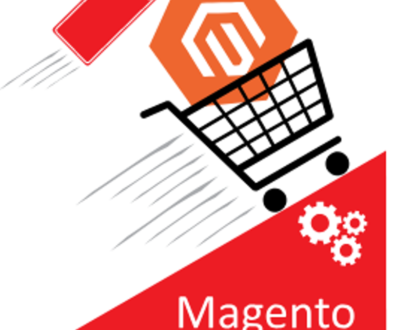Magento Migration: the Basics

Mariana Onysko of MagneticOne put together a list of solid pointers for merchants considering the move to Magento. Here’s a quick recap of her article:
You may have heard some people tossing around the phrase “the Great Migration”—what are they on about? Basically, it’s a prominent emerging trend among e-tailers over the past few months: 49% of online merchants have considered switching platforms within the next two years. Of those who opt to migrate, nearly half go with Magento! Obviously, this is something to reckon with. We’re talking about the most versatile, feature-rich platform on the market. Add to that its open-source mentality and free Community subset, and it’s easy to see the reasoning behind the Great Migration.
But it’s no stroll in the park. If you don’t address the following concerns in your (hopeful) Magento migration, you’ll certainly be sorry later.
What to Know about Magento Migration
- Magento is the most resource-intensive platform. Be sure to prepare your hosting environment ahead of time; you don’t want to be caught with your pants down. Few things drive potential customers away quicker than constant downtime or slow page loads.
- Hold off on the modules, at least at first. Start by moving your database. Once you’ve got a good handle on Magento out-of-the-box, you can start playing with all the extras.
- Don’t underestimate the complexity of data migration. For example, you may end up with undefined prices for product variants, even if they were previously defined. Expect this kind of snag and be prepared to rectify the situation with good old-fashioned elbow grease. It’s by no means an automatic process—scour your database during and after migration.
- Attributes and attribute sets are your friends; use them! These amp up Magento’s legendary flexibility during the setup process for your store. Do your homework, though: yes, they can help you efficiently port over all sorts of complex products, but they can also snarl up your resources if you don’t know what you’re doing.
- Welcome to multi-store and multi-language functionality! It’s good to have you. Like anything else, though, you need to prepare for expanded reach and customer influx.
- Expect your store management dashboard to become more complicated, and know that with several store views comes a multiplicity of order calculations.
- Get used to data indexing—this is Magento’s (justifiable) way of speeding up frontend updates. If you edit a product and don’t see the changes reflected right away, that doesn’t mean Magento is broken. The system may not be scheduled to index a batch of products. In some cases, you’ll have to manually re-index—your mileage may vary.
- Multiple websites/domains are possible from one Magento installation, but they require virtual hosts and tweaks to web server settings. Ask a development expert here, it’s definitely worth your time to be absolutely sure that you end up with the correct configuration.
The Last Word
It’s a complex beast, but the numbers speak for themselves. Once properly prepared, administrators and developers alike swear by Magento, and that doesn’t even get into the benefits consumers experience. Be sure to read our other posts about Magento upgrades and editions to get a better picture of which is most appropriate for your platform. Happy retailing!


